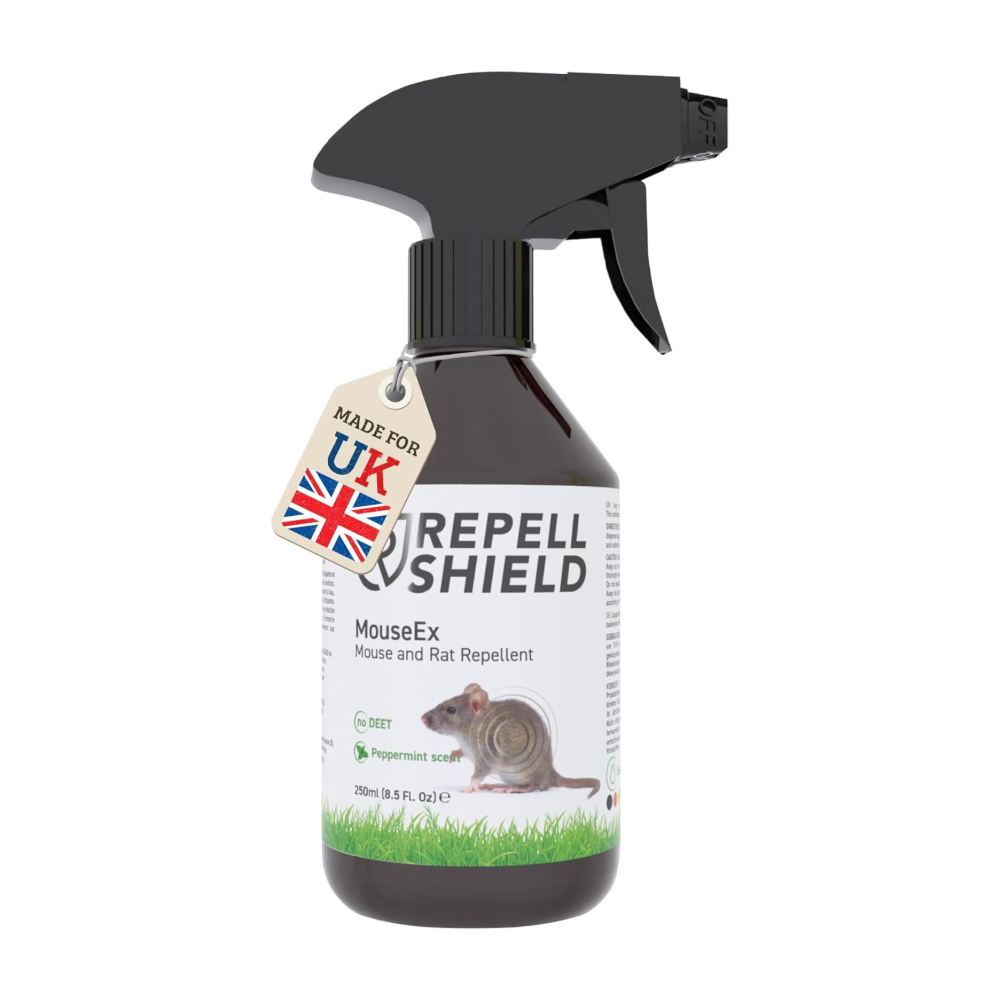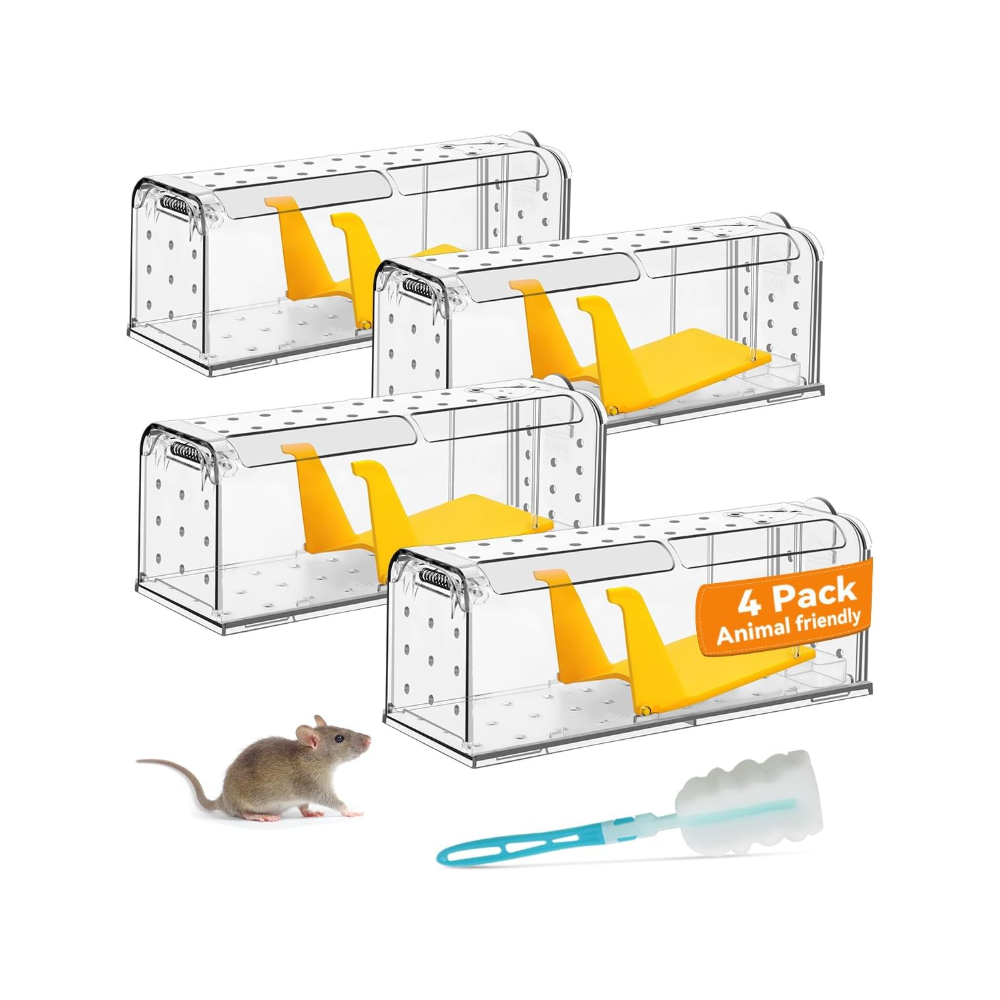Want to get rid of mice in your home? 6 expert tips that really work – and the common mistakes making it worse
We asked the experts how to get rid of mice in your home – here are their top prevention and removal tips
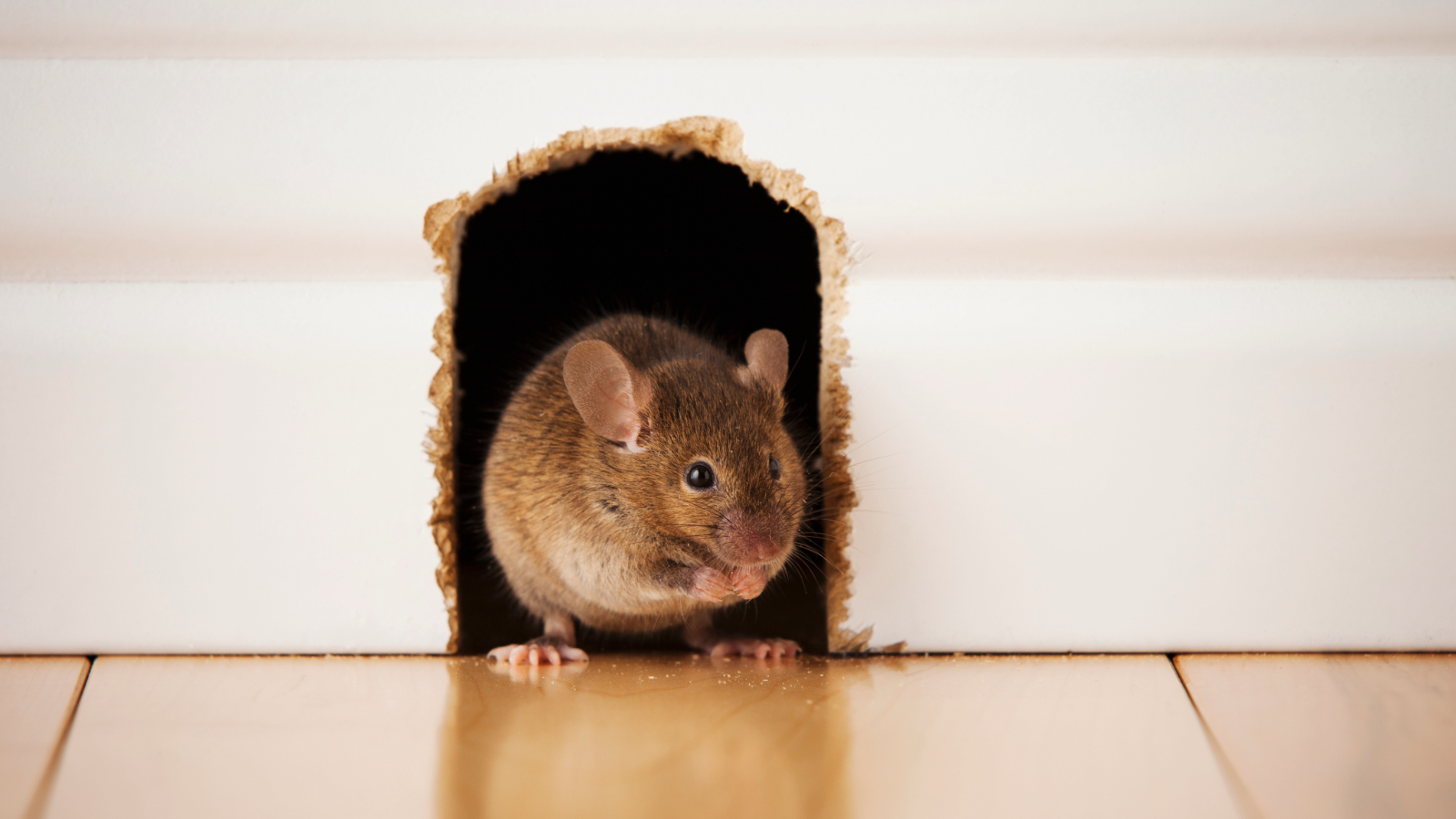
You're not alone if you're wondering how to get rid of mice in your home. As the weather gets colder, you might see an increase in unexpected visitors, including these furry little rodents.
Whether you find them cute or not, mice can cause more problems than simply chewing up your furniture, wires and insulation; they can also transmit dangerous diseases like salmonella and leptospirosis. During the autumn and winter months, other common pests, like spiders, might sneak into your home too.
Since mice reproduce very quickly, it's important to act fast if you suspect an infestation – or, even better, to introduce preventative methods to stop them in the first place. To help you keep these unwelcome intruders at bay, we've asked the experts for their preferred methods for getting rid of mice from your home.
1. Try natural deterrents
One of the easiest (and cheapest) ways to prevent mice in your home is to use a natural repellent, such as peppermint oil, cinnamon oil, cloves, or vinegar on cotton balls placed near your skirting boards and entryways.
Since mice have such a strong sense of smell, scented oils can be off-putting for them, explains Darren Backhouse, Partner at MJ Backhouse Pest Control. However, he stresses that this doesn't work as a long-term fix if you already have an infestation, though it can be used alongside preventative measures, like sealing gaps (which also helps with draught-proofing windows).
"If you've taken all the other measures, then a strong scent adds that extra layer of deterrent, but it doesn't address the cause," he says. "Cotton balls need refreshing every few days or so to get the most out of it."

Darren is the partner of a family-run pest control company based in Yorkshire, which has been operating since 1988. He has vast experience working on both domestic and commercial property and has seen just about every pest control issue there is over the years.

2. Check eaves, roof tiles and loft spaces for signs of mice
Don't forget about eaves, roof tiles, and loft spaces – these are common places where mice can take shelter, warns Darren Backhouse. These areas are trickier to spot and manage, but if you've noticed droppings, scratching noises, shredded loft insulation, or daylight peeking through the tiles, it's likely you’ve got a problem.
Bring your dream home to life with expert advice, how to guides and design inspiration. Sign up for our newsletter and get two free tickets to a Homebuilding & Renovating Show near you.
You'll need to repair or replace any damaged tiles, seal gaps, trim back nearby trees that could provide easy access, and regularly check these areas for signs of an infestation.
3. Seal holes and cracks to stop mice getting in
You’d be surprised at how small a gap mice can squeeze through, which is why Darren Backhouse recommends checking your doors and windows for holes and sealing them as needed, using caulking or tape.
The same applies for holes and cracks in your walls, which are common entry points that can connect the outside of your home to the inside. Some of the most common examples Darren sees are holes around pipework and open-air brick vents, which he recommends sealing with wire mesh.
Seal potential access points with these buys
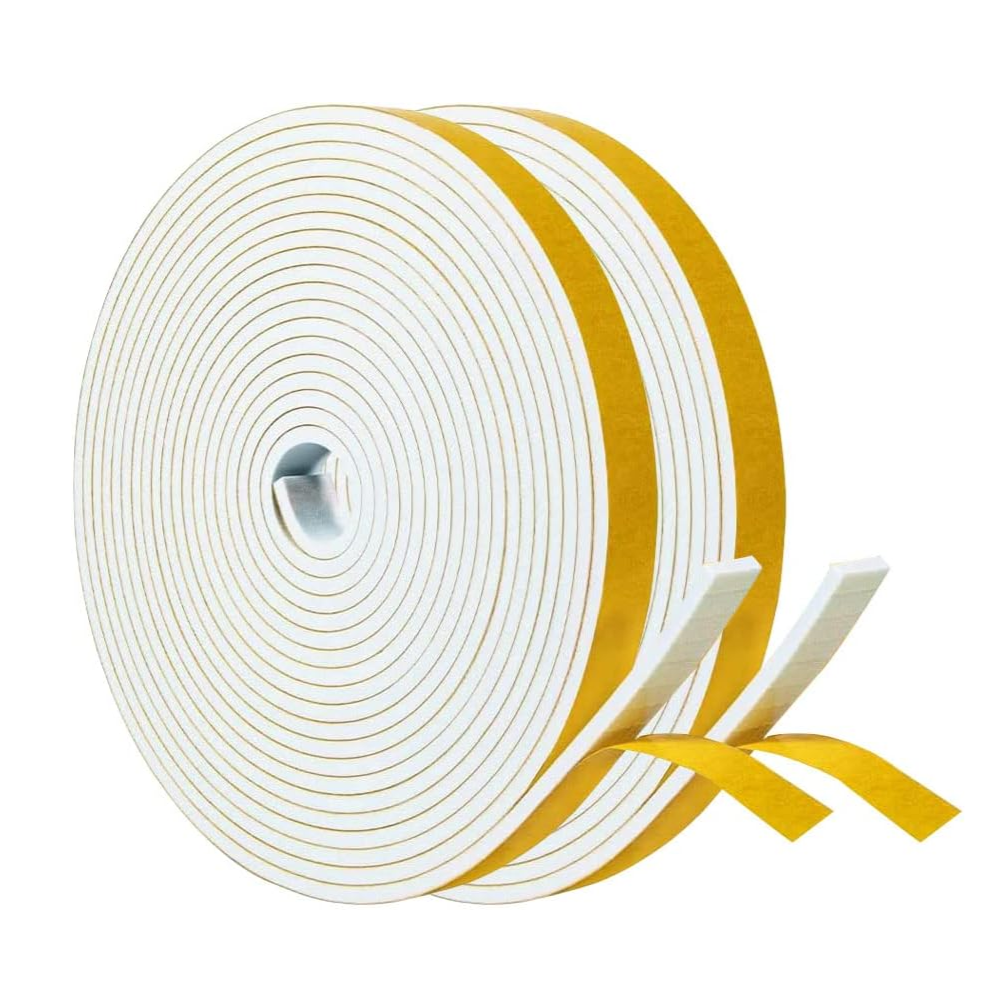
Keep mice out and heat in with this draught-excluder foam seal tape, ideal for windows.
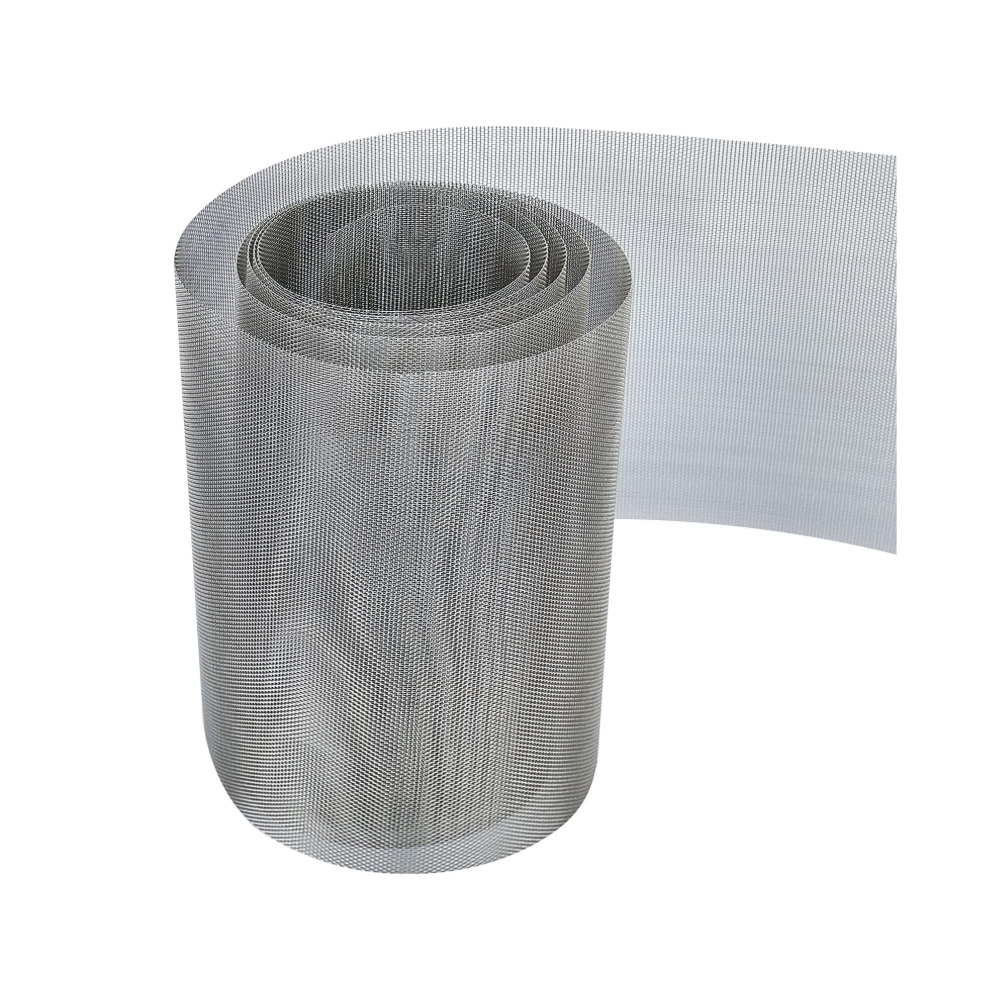
Made from rust-free, durable 304 stainless steel, these mesh panels will help to block holes and keep the mice out.
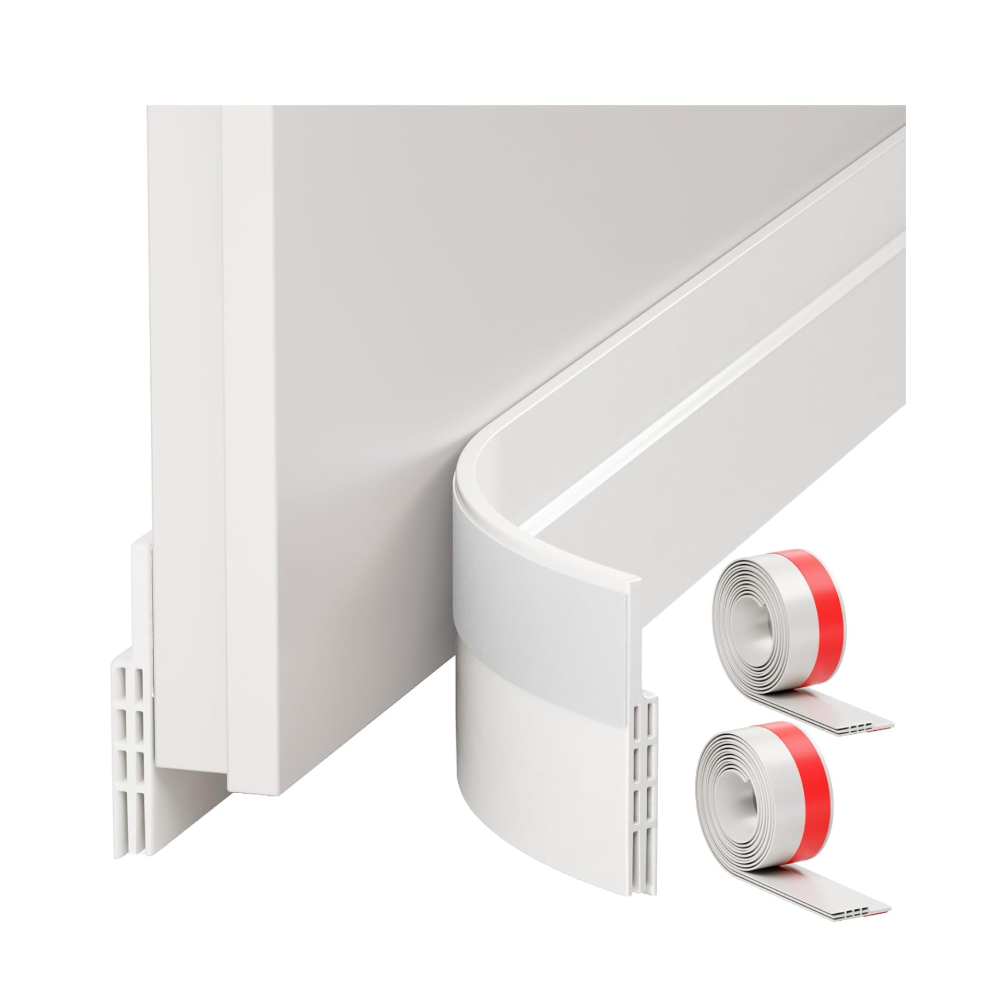
This draught excluder sticks to the bottom of your door to prevent mice from coming in and warmth from going out.
4. Keep on top of garden maintenance
By keeping your garden well-maintained, you'll reduce the chances of mice nesting nearby. "Keep bushes and trees trimmed back and away from the house as much as possible to prevent mice from climbing them as an access point," says Darren Backhouse.
Overgrown bushes and long grass create safe hiding spots for mice, while fallen fruit, open vegetable patches, and birdseed provide food sources that attract them closer. Be sure to pick up any fallen branches that touch your home's walls or windows, as these can provide an easy way for mice to get inside.
5. Eliminate food sources
The fastest way to attract mice into your home? Leaving food sources lying around. If you want to get rid of them, remember to keep your kitchen bin lids closed and avoid leaving fruit bowls, pet food or birdseed out – especially in the colder months when mice are actively seeking food and shelter, explains Darren Backhouse. Wheelie bin storage ideas are another good way to try and keep rodents aways from rubbish areas.
Daniel Brown, CEO of Handy Cleaners adds, "Regular deep cleaning, especially behind appliances and in cupboards snuffs out any food sources that might attract pests."
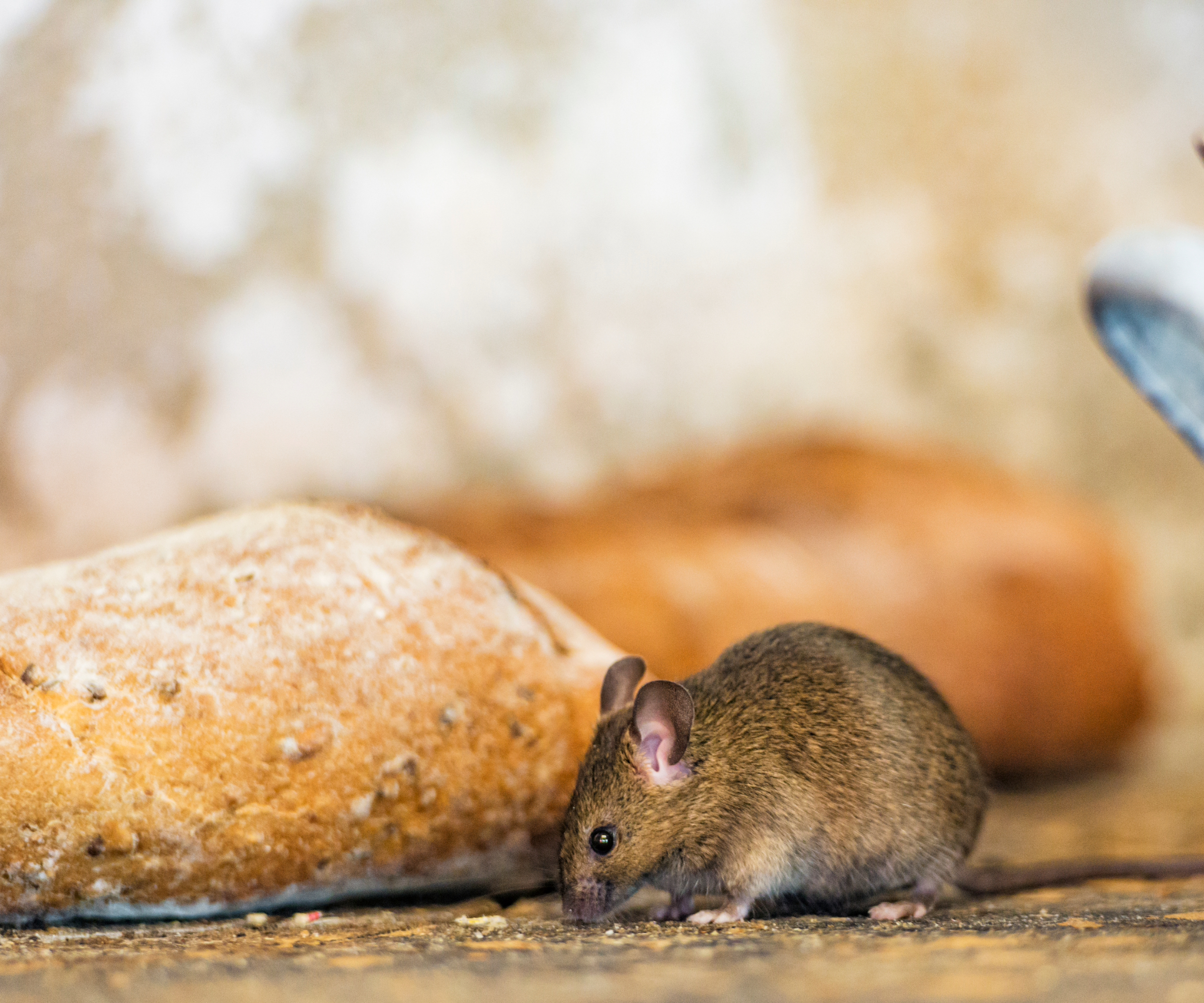

Daniel Brown is a home maintenance expert and CEO of Handy Cleaners. He has helped hundreds of homeowners protect and maintain their properties with practical, humane, and effective strategies.
6. Set up a humane trap
Preventative methods and natural deterrents can go a long way, but sometimes the best solution for peace of mind is to set up a trap. The good news is that you can buy humane mouse traps that don’t kill the mice; instead, they trap them inside a plastic container, allowing you to set them free in a safe (and faraway!) location.
To ensure they don't return, choose a spot at least a mile from your home – preferably a place with natural shrubs and tall grass to provide cover from predators. Put on a pair of gloves, place the trap on the ground, and let the mouse exit on its own.
How to tell if you have mice in your home
Unsure if you have mice in the first place? Darren Backhouse says to look for the following signs:
- Small droppings: Keep an eye out for mouse droppings, which are about the size of a grain of rice, pointed at the ends, and dark brown or black in colour. You'll often see them along walls, in corners, or near food sources.
- Gnaw marks on food packaging, wooden furniture or wires: Since mice’s teeth never stop growing, they must gnaw frequently to keep them worn down. This is why you might find your belongings chewed-up if mice are present.
- Scratching noises in walls and ceilings: Mice are nocturnal, so you'll probably hear them scratching in your walls and ceilings at night. However, this could also be squirrels in your attic.
- Finding shredded paper or textiles: Mice nest year-round, but nesting activity can increase during the autumn and winter months when they move inside for warmth. They like to use soft, fibrous materials, so finding shredded paper or textiles is a warning sign.
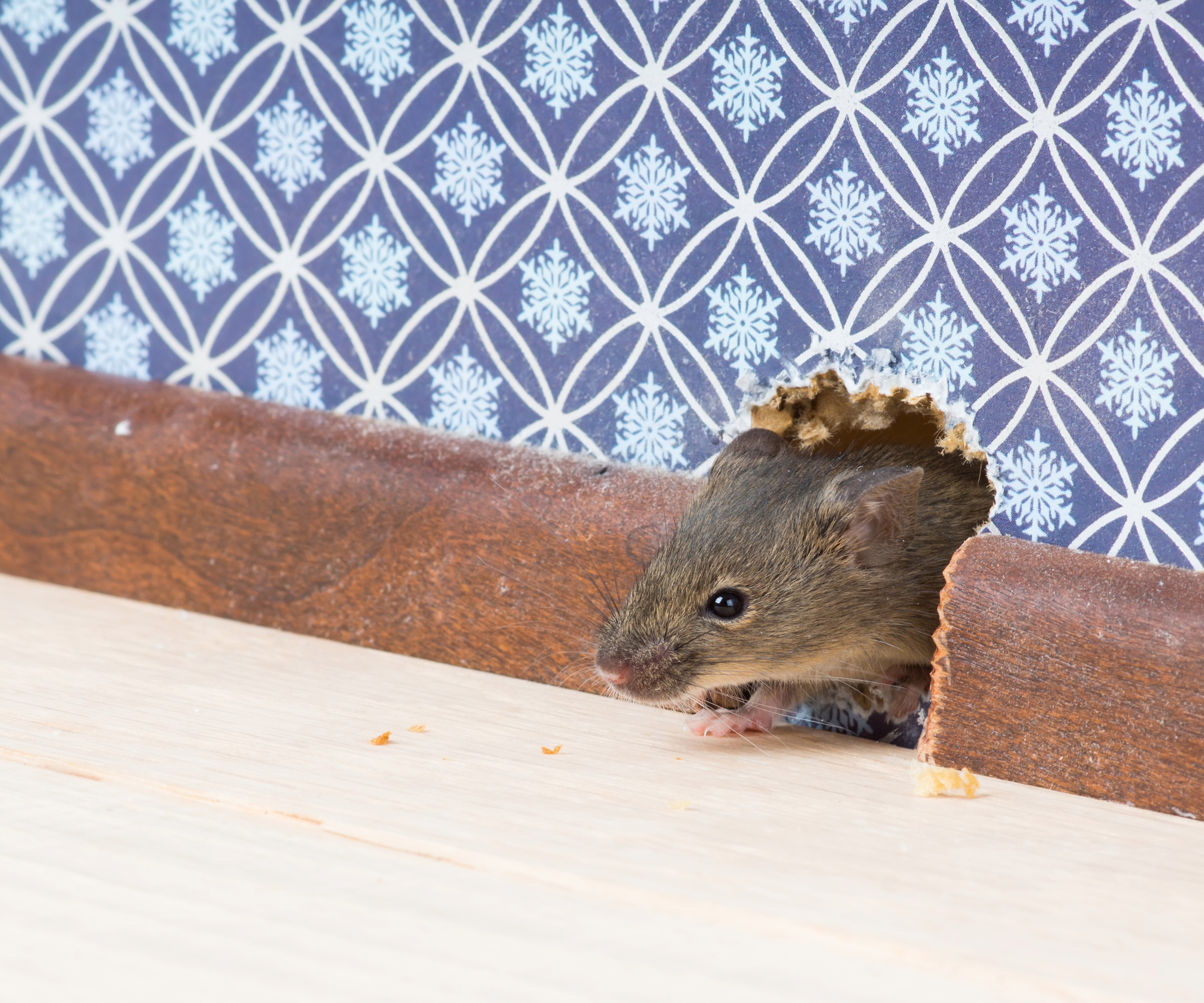
What common mistakes attract mice?
There are many ways people mistakenly (and unknowingly) attract mice into their homes. Here are some of the most common mistakes Daniel Brown sees. Are you making any of them?
- Keeping pet food or open fruit bowls out overnight
- Storing dry goods in flimsy cardboard rather than airtight containers like these from Amazon.
- Neglecting maintenance checks
- Ignoring gaps around pipes and under sinks
- Stacking wood or garden debris up against the outside wall
As soon as you spot a mouse, Darren Backhouse recommends identifying the entry point, following the prevention tips above, and setting humane traps if necessary. However, if you’ve tried everything and nothing seems to work, it may be time to call in the professionals.
For more expert advice on tackling common household pests, read our tips on how to get rid of silverfish – the moisture-loving insects that often appear in bathrooms, kitchens, and basements.

As Content Editor at Homebuilding & Renovating, Megan is passionate about providing expert-backed advice and creative inspiration to help readers transform their living spaces. Her love for DIY began while helping to renovate her parents’ family home, sparking a fascination with interiors, renovation, and design. More recently, she assisted with the renovation of her partner’s house in Bristol and is currently expanding her expertise through an Introduction to Home Improvement course. She joined the Homebuilding & Renovating team in 2025, having previously worked as a Staff Writer at PetsRadar and Beauty Assistant at Harrods.
